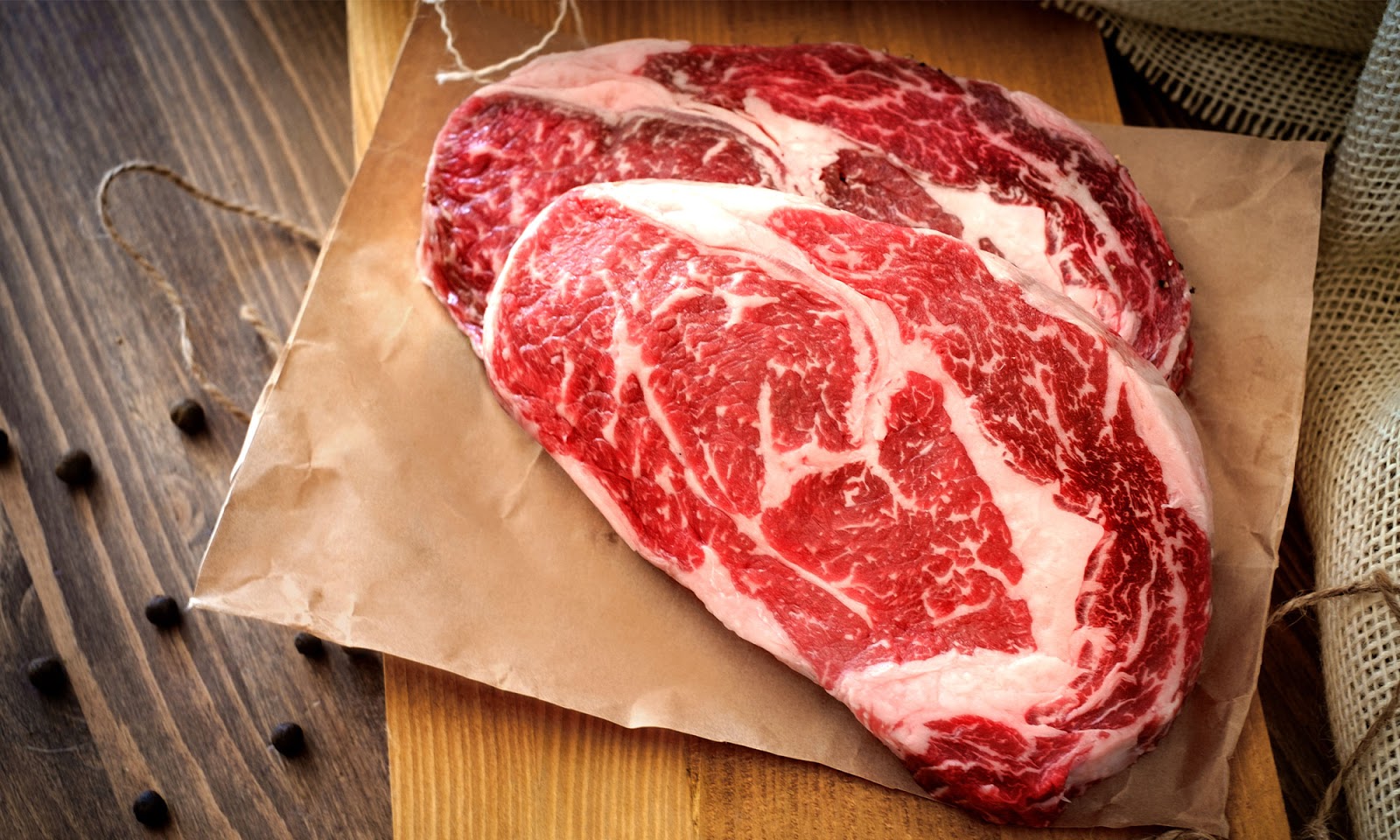FOR IMMEDIATE RELEASE September 15, 2022 Bend, Oregon Grass-fed and finished organic beef company, Oreganic, sponsors Los Angeles Rams Safety, Taylor Rapp after Rapp chooses Oreganic to support his performance on and off the field.
“I choose to eat certified organic, 100% grass-fed and finished beef, specifically from Oreganic Beef, because my body is like a supercar, and why would you put anything less than premium or the best possible fuel in your body? Because of what we’re asked to do on a daily, weekly, monthly, and yearly basis as professional football players, you cannot afford to put anything but the best fuel in your body — and Oreganic Beef is truly the best of the best nutritionally and will keep your body running on all cylinders! The certified organic, 100% grass-fed beef from Oreganic is 1000x superior to any other beef, protein, or food. It also tastes that much better than everything else. You can truly taste the difference in Oreganic Beef as soon as you take your first bite into any of their products,” said Taylor Rapp.
“I have been fueling my hardest training this off-season and throughout training camp with Oreganic, and I have never felt better. From how my body feels every day, to how it is recovering from long practice and training days, to how I’ve been performing out on the grass in general — it truly has been a game changer for me. I feel like it has given me that slight edge over my opponents, and I can’t wait to fuel the upcoming season with high-quality protein from Oreganic Beef,” continued Rapp.
“Oreganic is excited to partner with Taylor Rapp because the partnership happened organically. Taylor came to us and said, ‘[Our] beef is pretty much the only beef he eats.’ So naturally, we wanted to provide him with as much grass-fed organic beef as he needs. Since our family-owned cattle ranch is based out of beautiful Central Oregon, California is home to our second largest client base. We ship fresh, organic, grass-fed beef daily throughout the Los Angeles basin and greater California, even across the country.” – Devin Ceciliani, Co-Founder/Rancher, Oreganic.
The benefits of grass-fed beef for athletes are numerous. Grass-fed beef provides a quality source of protein, iron, vitamins, and minerals and is a good source of healthy and leaner fats. It contains plenty of conjugated linoleic acid (CLA), with benefits ranging from better athletic performance to weight loss and lean muscle gains. Since humans can’t produce their own CLA, it must come from our food. CLA is a highly-regarded performance supplement in the weight loss and fitness world.
About Oreganic
Oreganic Beef Company was founded in 2019 by Darrell Ceciliani Jr. and his three sons, passionate about organic ranching and land stewardship. The Ceciliani’s are third, and fourth-generation ranchers and have an appreciation for animal welfare, sustainable ranching, and traceable products. Oreganic Beef Company is the result of 30 years of planning, building partnerships in the community, and becoming third-party verified to deliver beef consumers can trust.









